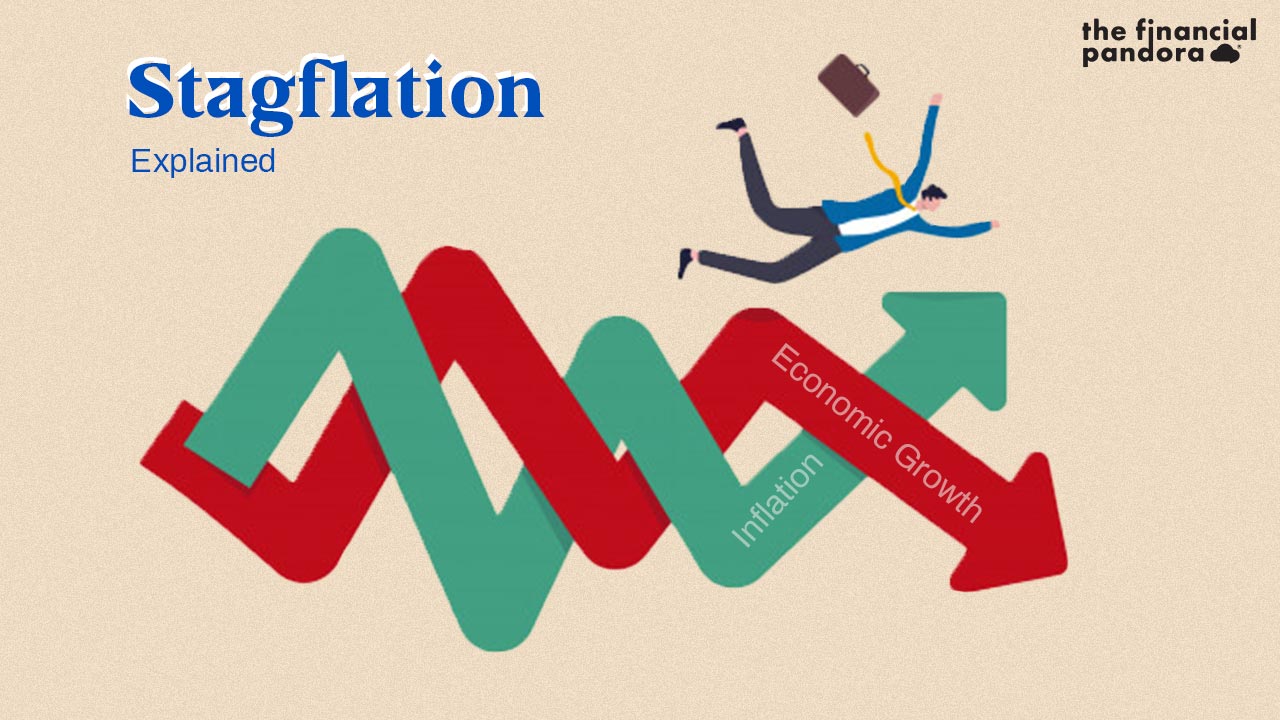The Reliance AGM held on the afternoon of 15th July 2020 was one of a kind. And not, not because it was on JioMeet, a video conferencing solution Jio launched just a few days back. And not only because of the announcement of the bevvy of investors and strategic partners at Jio. But because of the slew of innovations they announced. The new projects and initiatives unveiled included 5G technology which they are in their final test phases and awaiting spectrum auction to roll out, Jio’s enterprise solutions based on their Narrowband IoT services etc. But the one that caught my fancy was the Jio Glass!
If you recall, on April 15, 2012, Google launched its revolutionary Google Glass to “Glass Explorers” priced at $1,500. It was a miniature computer, perched on your nose. The screen had both an inbuilt camera and a screen, making it a piece of cake for users to take photos, email them etc. The product had a wide array of use cases. Reading street signs for the visually challenged, capturing the line of sight visuals of experienced surgeons and engineers to be used for training purposes, helping patients with memory disorders, remember and so much more. But every silver lining hides behind a dark cloud. And that dark cloud was ubiquitous surveillance! Some of the dissenters made google glass look like living out an episode from Black Mirror (a show from Netflix)
But there were more issues. In fact, from when the device was announced, the company drew flak. When they announced the product they said it would be made available to a select list of their affiliate developers and an elite list of twitter users. I mean, since when did using twitter make you elite? But that was not all. Prototype users complained that the product was too bulky, and also made them look creepy! And of course, the exorbitant price. Then there issues with its potential to increase the amount and kinds of cyber bullying and sexual harassment faced by the victim. But the worst challenge was that of privacy. The number 1 question Google Glass users faced was “Are you recording me?” I mean this beats the eeriness brought out by Joe Goldberg in You. This device could end up being every cyberstalker must-have. The concerns over such issues became so fervent that many public places banned the use of Google Glass in the USA.
Given the negative outlook, google finally decided to pull the plug from the project. They announced that from Feb 25th 2020 it would no longer possible to link glass to google account directly. Instead, you’d have to connect to your android phone via Bluetooth, which would need an app to unlock the other functionalities. Also, they phased out some of their popular apps on Google Glass, like Google Meets.
So that begs the question. Why is Jio going all guns blazing on this one? I mean the initial euphoria aside, this product is far bulkier than that of Google Glass. There was no information about its price point. Nor was much discussed on the potential functionality apart from the fascinating 3D VR virtual meeting. The use cases mentioned included virtual conferencing, education and designing. In the words of the presenter “You can take a walk along with the Pyramids of Piza, and your current methods of learning geography will be history.”
So does that mean this is less targeted towards individual use, but rather group use? That would certainly be interesting. Imagine your engineering drawing classes. No longer would it seem like abstruse topics, but you can see how 3d objects get translated to 2d from different views. That structural engineering class will no longer just be about bookish knowledge.
But my opinion is that this can make a killing in the design and development space! Imagine, you are making a vital engine component for an aircraft. A small mistake could cost lives (remember the Boeing accidents). But not anymore. You can simply download the 3d design model from your Jio Glass, project it in front you, and resize it to the actual dimensions. Then go over module by module, checking for accuracy. If something seems amiss, you can always zoom in to check what the problem is. The best part, you can do this real-time as when you build your product.
Its no surprise then, that Google is a strategic partner of Jio’s. I believe, somewhere deep down, Google would help drive this project and help it fulfil the destiny they wanted their Google Explorer glasses to achieve!
Follow Us @




